Pablo Palazuelo - Original Lithograph 1976 Dimensions: 32 x 25 cm Revue XXe Siècle Edition: Cahiers d'art published under the direction of G. di San Lazzaro. Pablo Palazuelo B. 1916, MADRID; D. 2007, MADRID Pablo Palazuelo was born on October 8, 1916, in Madrid. When he was just ten years old, a portrait painter created a pastel depicting him with his sister, making a great impression on him and instilling a strong interest in drawing and painting. Palazuelo began studying architecture in Madrid in 1932 and later at the School of Arts and Crafts, Oxford, England (1934–36). While there he became familiar with the Tecton group of architects (1932–48) and the work of artists such as Jacob Epstein and Duncan Grant. He took the Intermediate Exams of the Royal Institute of British Architects before the Spanish Civil War began in 1936, and he returned to serve as a pilot in the Spanish army. Palazuelo decided not to return to England and began to devote much time to painting, exhibiting at the Galería Buchholz, Madrid, in 1945 alongside members of the young Madrid School. In 1946 or 1947 he became enamored with Paul Klee’s work, specifically his interest in geometry and abstract geometric forms found in nature. Juan Gris, Pablo Picasso, and Daniel Vázquez Díaz, who was Palazuelo’s painting instructor in the late 1940s, also influenced his early abstracted still lifes. However, by 1948, Palazuelo had eliminated all figuration in his paintings, pursuing purely abstract forms. He exhibited his first abstract work in the inaugural Salon de Mai, Paris, in 1949. In 1948, aided by a French government grant, he had moved to Paris, where he would remain until 1969, coming into contact with artists associated with Galerie Maeght, where he had his first solo exhibition in 1955 and continued to exhibit until the 1980s. His 1950s work delved deeper into abstract form, as he explored Arabic and Eastern thought, particularly the musical rhythms of Islamic art, infinity, and the notion of the “active imagination.” In 1953–54, he participated in Younger European Painters: A Selection at the Guggenheim Museum. Between 1954, with his first sculpture in melted bronze, Ascendant, and 1962, he gradually began creating work in three dimensions, and in the 1970s working specifically with open and closed polygonal shapes. In 1969 he returned to Spain and settled in his family’s home close to San Lorenzo de El Escorial. He developed his foundational themes of inner conscience, imagination, and transmutation in public works such as Lauda II for Madrid’s Barajas Airport, and his mural for the foyer of the Picasso Tower, Madrid, in 1990. Palazuelo participated in the Pittsburgh International (now Carnegie International, 1955), as well as exhibitions at Galería Juana Mordó, Madrid (his first Spanish exhibition, 1964), and Musée des beaux-arts, Chaux-de-Fonds, Switzerland (1970). The Museo nacional centro de arte Reina Sofía, Madrid, presented a major retrospective of his work (1995) with a further expansion of the show a decade later. The most recent Palazuelo retrospective was co-organized by Museu d’art contemporani de Barcelona in conjunction with the Guggenheim Museum Bilbao (2005–06). He received numerous awards, including the Kandinsky Prize (1952); Carnegie Prize from Carnegie Museum of Art, Pittsburgh (1958); and the Medalla de Oro al Mérito en las Bellas Artes, awarded by the Spanish Ministry of Culture (1982). Palazuelo died on October 3, 2007, in Madrid.
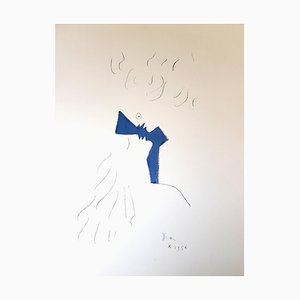
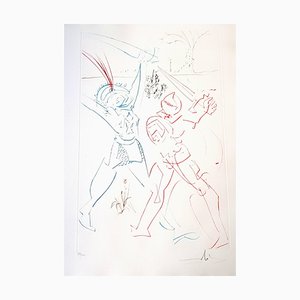
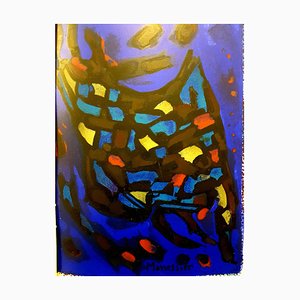
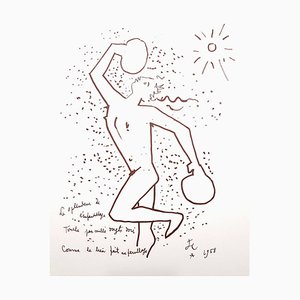
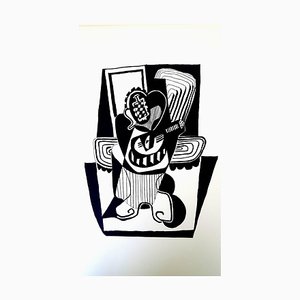
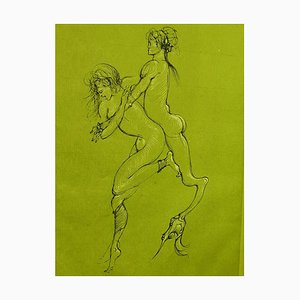
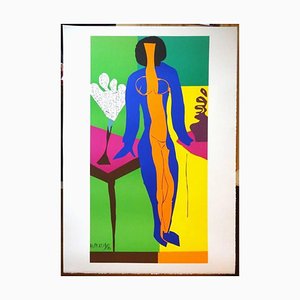
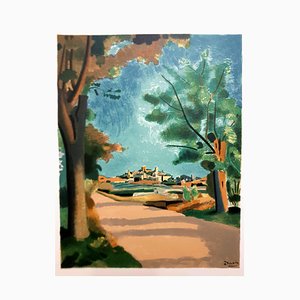
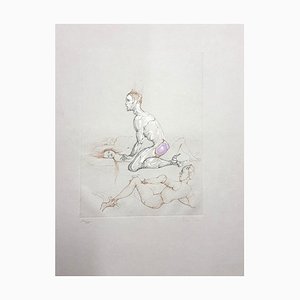
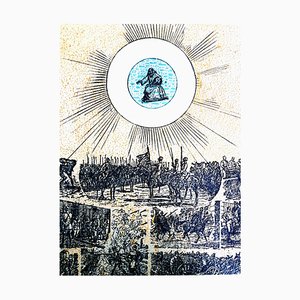
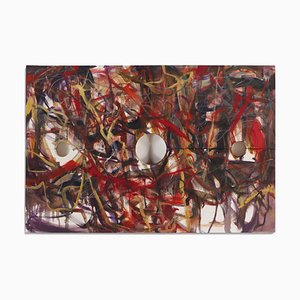
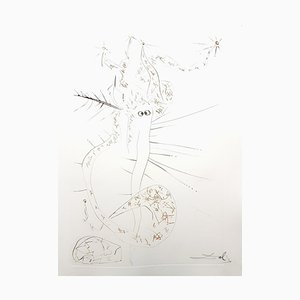
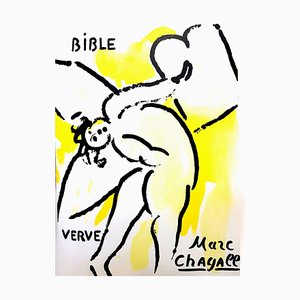
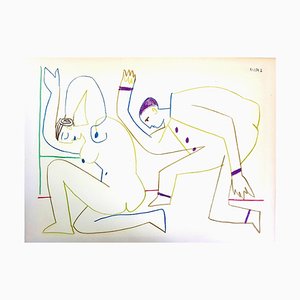
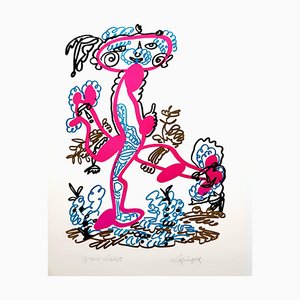
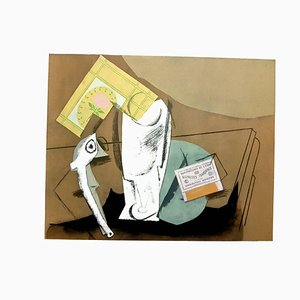
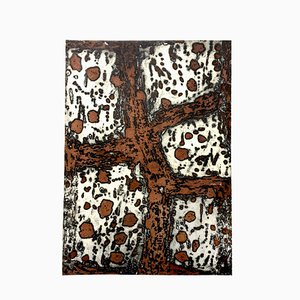
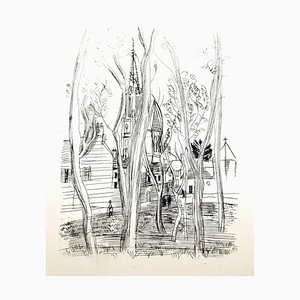

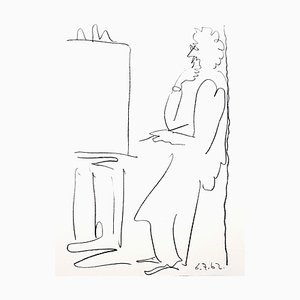
Get in Touch
Make An Offer
We noticed you are new to Pamono!
Please accept the Terms & Conditions and Privacy Policy
Get in Touch
Make An Offer
Almost There!
To follow your conversation on the platform, please complete the registration. To proceed with your offer on the platform, please complete the registration.Successful
Thanks for your inquiry, someone from our team will be in touch shortly
If you are a Design Professional, please apply here to get the benefits of the Pamono Trade Program